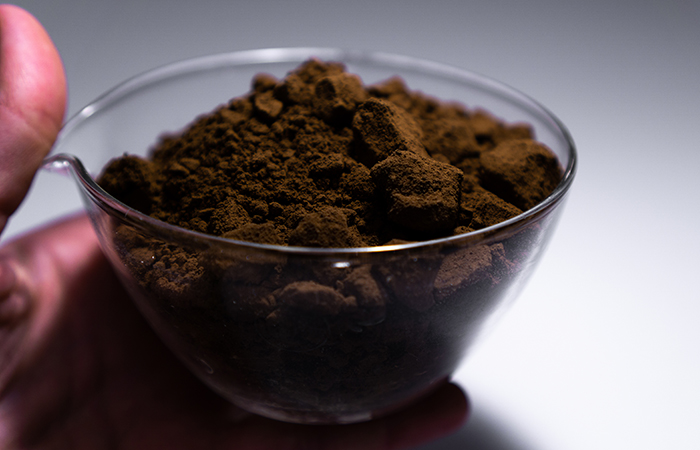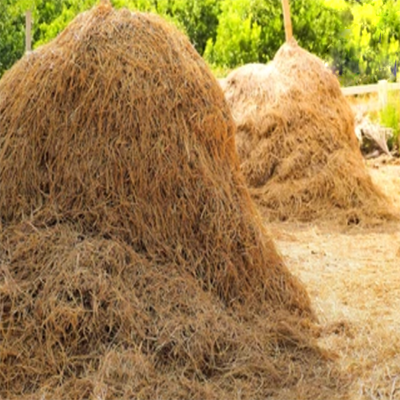What is lignin?
What is Lignin?
Lignin is a natural, amorphous polymer, consisting of carbon, hydrogen and oxygen.
Lignin can be found in all trees and plants. About 30 % of all things that grow contain lignin. It is the second most abundant biomass in the world after cellulose.
The function of lignin in nature is to hold together the tree or plant, and provide additional strength. Lignin has a high energy content but also some tricky properties, that have resisted previous attempts to make practical use of it as a component in transport fuels until now.
Today lignin is a residue or waste and is mainly burnt for energy or used as filling material and some other special low volume applications. So by using it for fuels instead of burning it for heat, fossil oil can be replaced to a much higher degree, and national and EU sustainability targets can more easily be met.
It is estimated to be many millions of tonnes available worldwide, enough to cover 30% of the estimated demand for biofuels in the world in 2030. And it will probably become even more important towards 2050.
Lignin can be extracted as a residue in a paper pulp mill, from the ”black liquor” – so-called ”Kraft lignin”, with debottlenecking of the pulp mill as an extra benefit. Lignin is also an abundant residue from agricultural activities, such as sugar and lignocellulosic ethanol production.

Where do you find lignin?


